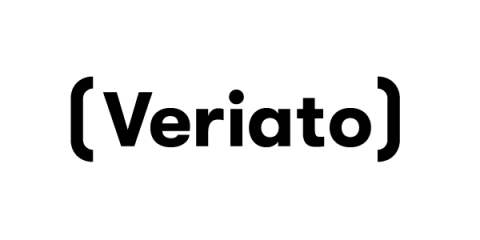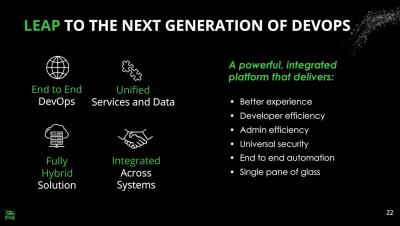Coronavirus: 10 Steps Employers Should Take to Maintain a Safe Workplace
As we’re actively in the throes of COVID-19, it’s understandable that workers and employees are uneasy about their safety and security on the job. Here are 10 steps employers need to take to keep your workplace safe in the face of a public health emergency.









